Hue is known as a tourist city with a beauty that is both ancient and modern. Nestled along the gentle, poetic Perfume River, Hue boasts significant tourism potential in Central Vietnam. A tour of this city allows visitors to understand why Hue is called a tourist city. No introduction can fully capture the tranquil, gentle, and peaceful essence of this land. Let’s explore some of the fascinating highlights of this city with HueTransferService.com!
Overview of Hue City
Tranquil, dreamy, and poetic are just a few words to describe Hue. Today, this city stands as one of Vietnam’s top three major tourism hubs, rich in historical and cultural heritage. It is home to numerous scenic spots and a complex of world-renowned historical sites.

Hue is also known as Vietnam’s Festival City. Since 2000, the Hue Festival has been held nine times with grand scale and unique themes. With a blend of ideal natural and cultural factors, Hue has become a tourist sanctuary, a popular stop for travelers exploring the beauty of Vietnam.
Natural Features of Thua Thien Hue
Geographical Location of Hue
Thua Thien Hue is a province in the North Central Coast of Vietnam, sharing a border with Laos. The province’s geographical boundaries include:
- North: bordering Quang Tri Province
- South: adjacent to Da Nang
- Southwest: bordering Quang Nam Province
- East: bordering the sea
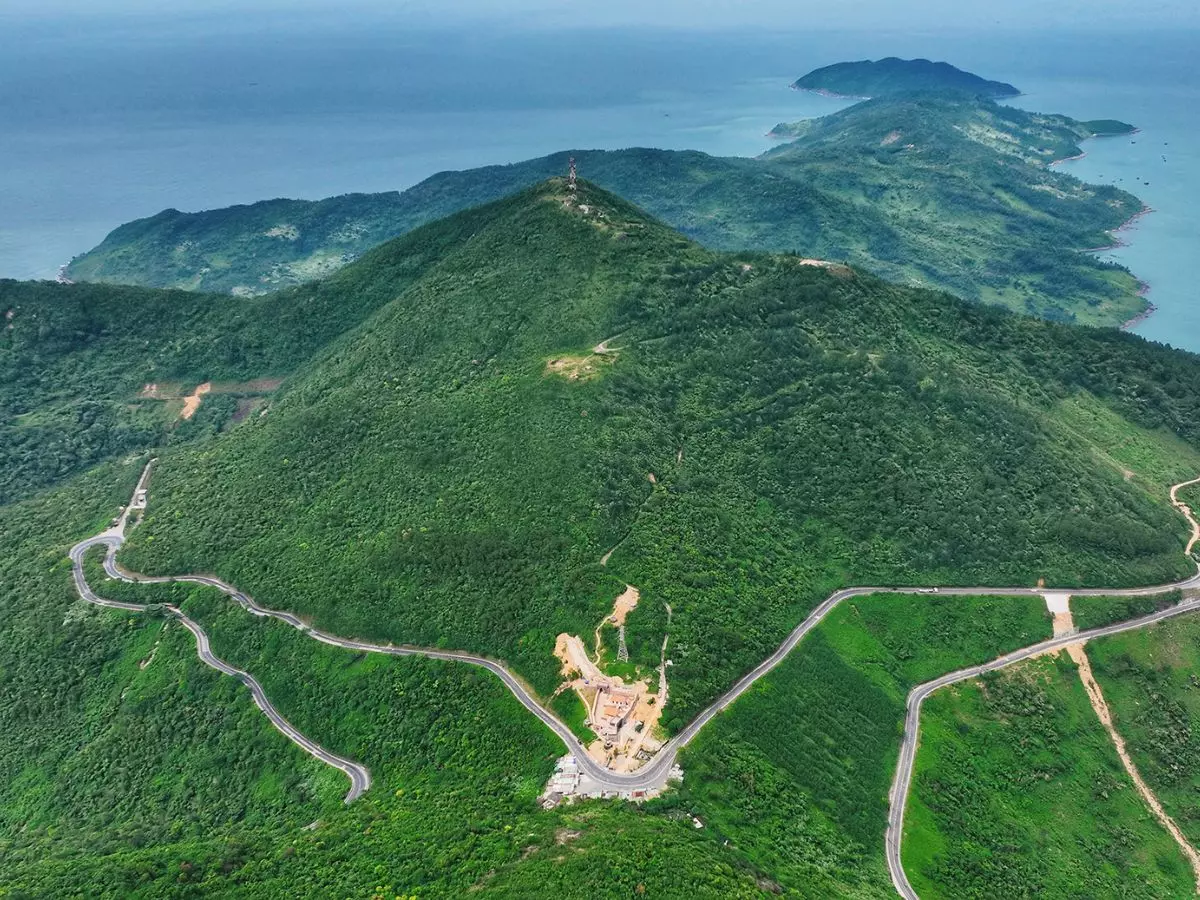
With its advantageous geographical location, Hue features diverse terrains ranging from plains, mountains, to coastal areas. This diversity provides great potential for developing a rich and varied tourism industry.
Climate of Hue
Hue experiences a tropical monsoon climate with four distinct seasons: a warm spring, a hot summer, a mild autumn, and a cold winter.
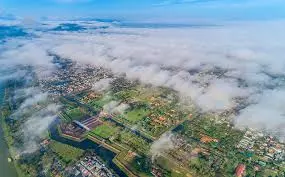
The most favorable tourist season in Hue spans from November to April, when the weather is mild and pleasant, ideal for exploring the city’s attractions.
For further details, read: When Does the Rainy Season in Hue Start? Should You Visit Hue During the Rainy Season?
Introduction to Hue – The Beauty of Its People
When introducing Hue, one cannot overlook the captivating charm of its people. This dreamy land attracts visitors not only with its rich cultural and historical heritage but also with the gentle and friendly nature of its inhabitants.
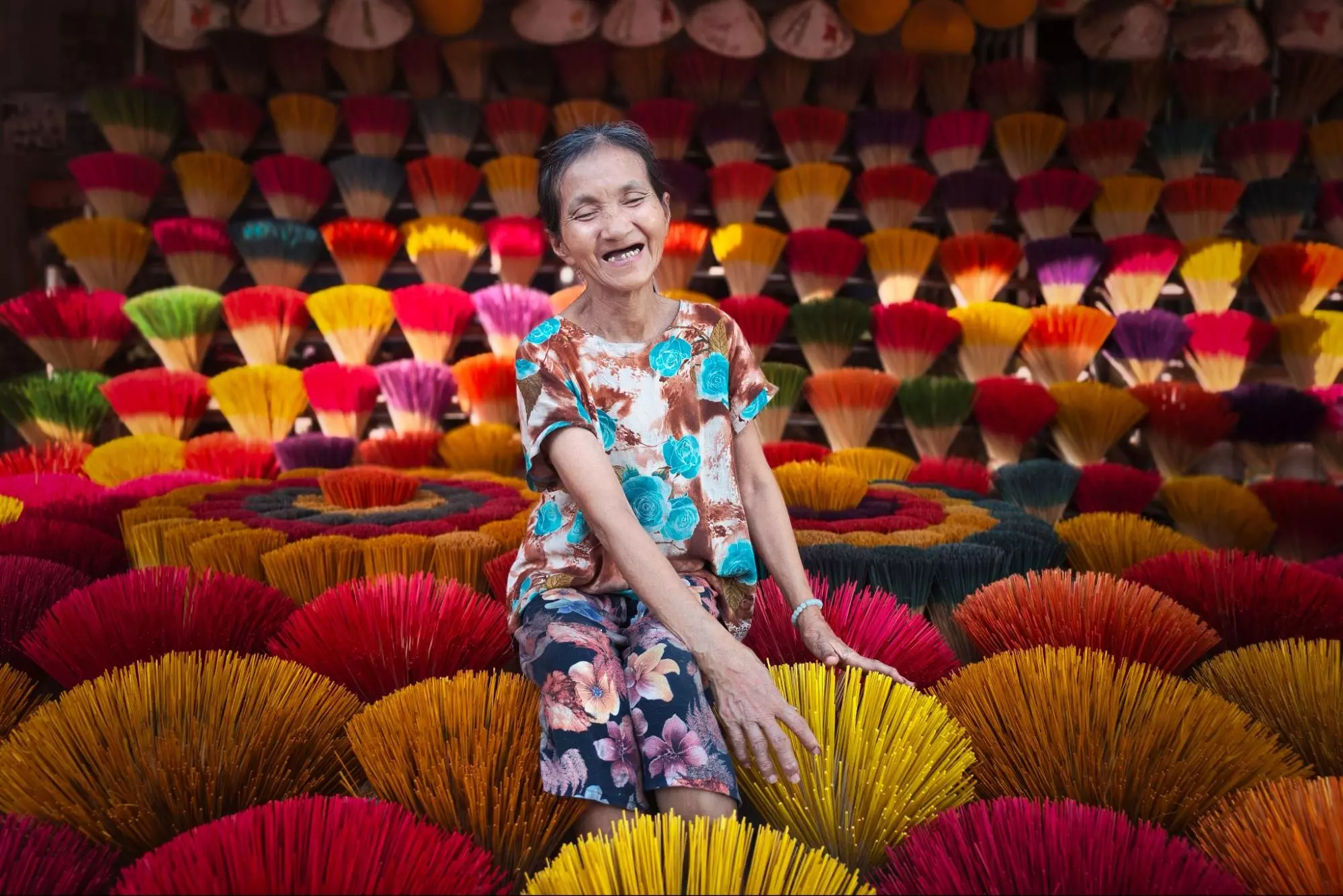
The people of Hue are graceful and endearing, with a touch of modesty and shyness, accompanied by a melodious voice that easily enchants anyone. This creates an indescribable beauty that captivates countless individuals. It is also one of the cultural aspects that endears many travelers when they set foot in this land.
Introduction to Hue and the Journey to Explore Its Unique Cuisine
The dreamy land of Hue has a way of evoking nostalgia and lingering emotions in travelers through its distinct culinary culture, characterized by the unique flavors of this region.
Generally, Hue’s dishes are intricately prepared, influenced by the imperial court culture and the gentle nature of its people. The culinary identity of Hue has spread far and wide. If you have the opportunity to visit, be sure to try these four unforgettable dishes:
Bot Loc Cake (Rice dumpling cake)
When introducing Hue, don’t forget to share this dish with everyone. Rice dumpling cake is a popular food found in many regions, with each area offering its own unique flavors. However, the Rice dumpling cake in Hue remains an experience that leaves diners in awe.
If you’re unsure about what to eat in Hue, a plate of Rice dumpling cake filled with savory or sweet fillings will surely satisfy your hunger.
Bun Bo Hue (Hue Beef Noodle Soup)
When introducing Hue, you cannot forget to mention Bun Bo Hue (Hue Beef Noodle Soup). This dish is considered the soul of the culinary heritage of the ancient capital. When people think of Bun Bo Hue, they immediately envision a broth simmered meticulously from bones, resulting in a delicate sweetness that is not too overpowering. Each bowl of Bun Bo Hue includes a piece of pig’s trotter, a few slices of thinly sliced beef, homemade pork sausage, and a sprinkle of green onions.
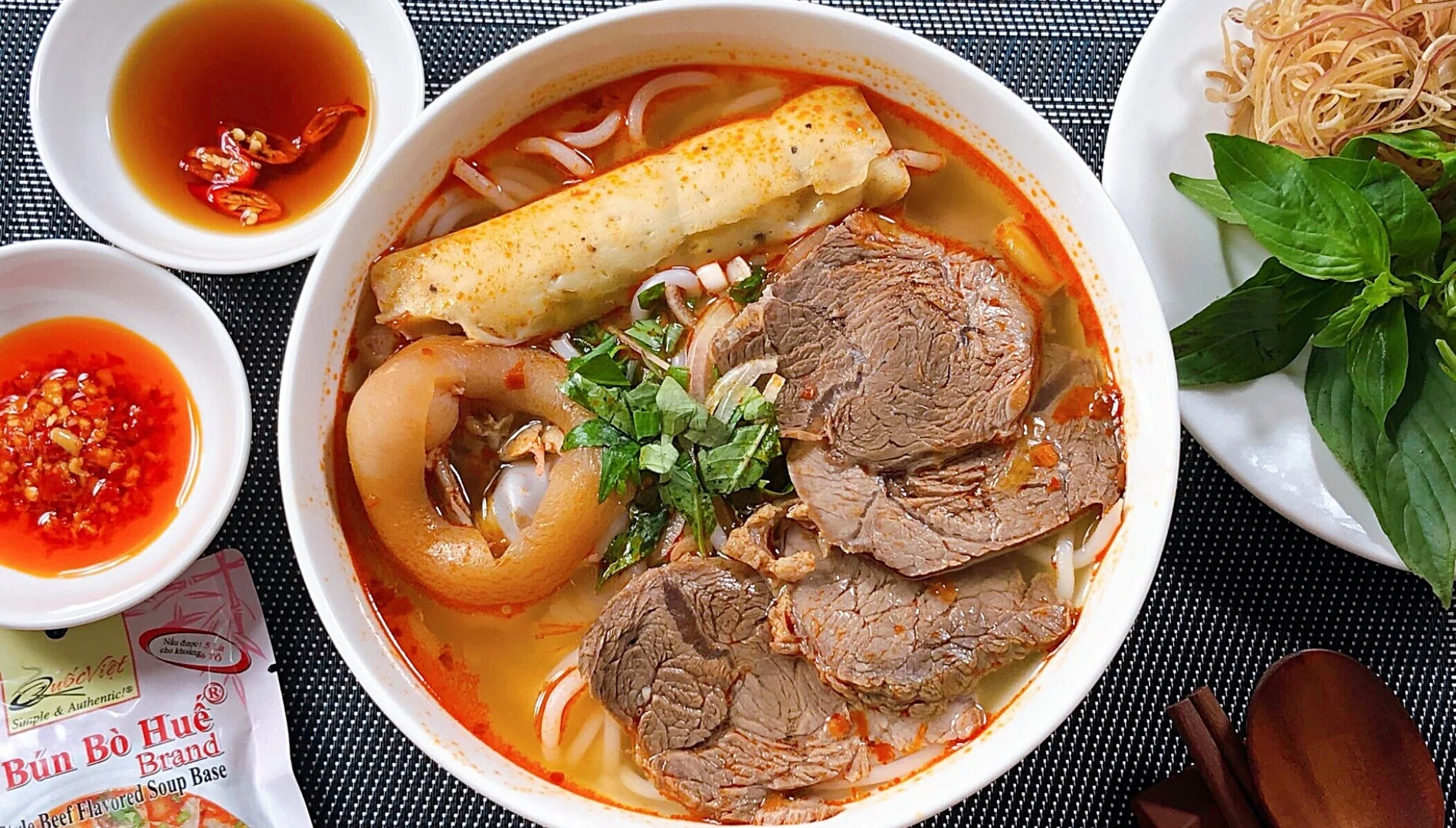
Bun Bo Hue is accompanied by a variety of fresh herbs and spices for added flavor. The sweet and fragrant taste of a bowl of Bun Bo Hue will leave an unforgettable impression on every traveler’s memory.
Com Hen (Hue Clam Rice)
Com Hen can be found in many places, but the most delicious version undoubtedly comes from Hue. A bowl of Com Hen here features fragrant white rice, stir-fried clams with crispy fried onions, golden crunchy pork cracklings, and an array of fresh, vibrant herbs, all enhanced by the rich flavor of fermented shrimp paste.
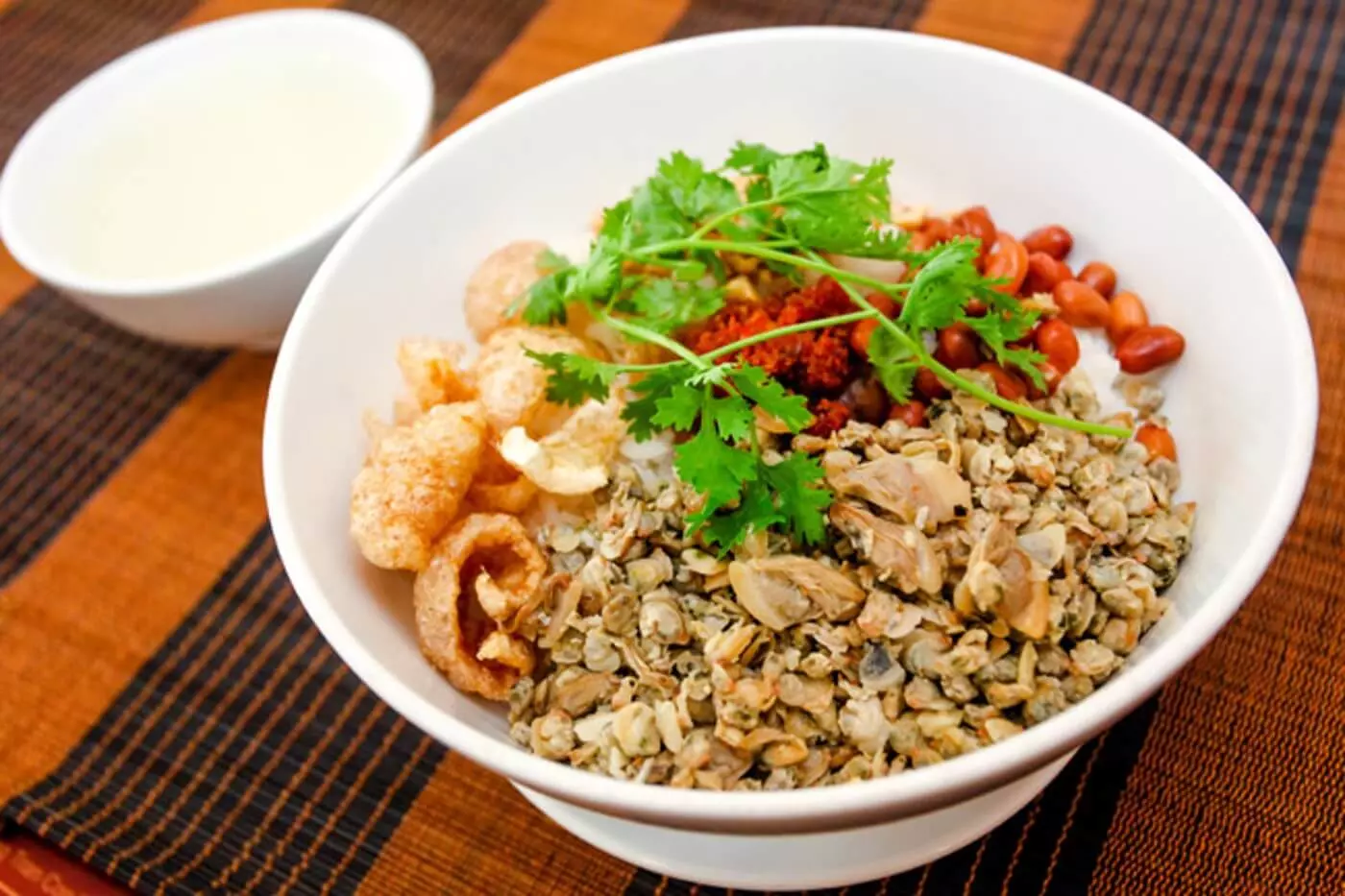
Com Hen in Hue offers a unique and delightful taste that captivates many travelers visiting the city. Although this dish is quite simple, the meticulous preparation process showcases the intricacy of the culinary culture of the people of Hue.
Me Xung Hue (Hue Sesame Candy)
Me Xung is a snack that must be included when introducing Hue. It is regarded as a point of pride for the people of Hue. Whether among distant travelers or locals, everyone cherishes the flavor of this treat in their memories.

Me Xung is a chewy, fragrant candy that leaves you wanting more. It features the delightful aroma of roasted sesame, blended with the rich taste of peanuts that melts on your tongue.
Me Xung is also a popular specialty that many travelers select to bring home as gifts for family and friends.
Development Potential for Tourism in Hue
Transportation Connectivity
With numerous advantages in terms of terrain and synchronized infrastructure, transportation connectivity in Hue is quite convenient. The city has various modes of transportation, including:
- Road Transportation: The national and provincial road systems are generally up to technical standards, with ongoing expansion and construction of new provincial roads to meet high transport demands. Priority is given to upgrading and expanding the urban ring road and connecting routes that link Hue to key traffic hubs, including ports, airports, industrial zones, and tourist areas. Urban transportation development gradually allocates funding for maintaining rural road systems. By 2020, the land area for building urban road infrastructure is expected to reach an average of 16-26% of the total urban construction land.
- Inland Waterway Transportation: Investment in technical standards for primary waterway transport routes includes the Tam Giang-Cau Hai lagoon system and the Perfume River route from Thuan An to the Tuần Junction, which meet III-grade standards. Development of inland waterway transportation is combined with eco-tourism.
- Seaports: The development of the Chan May port area serves as the general port of Thua Thien Hue, directly supporting the Chan May industrial zone and facilitating transit cargo from Laos and northeastern Thailand. It has facilities for international tourists and can accommodate cargo ships with capacities ranging from 30,000 to 50,000 tons, as well as passenger ships with capacities of up to 100,000 GT and larger.
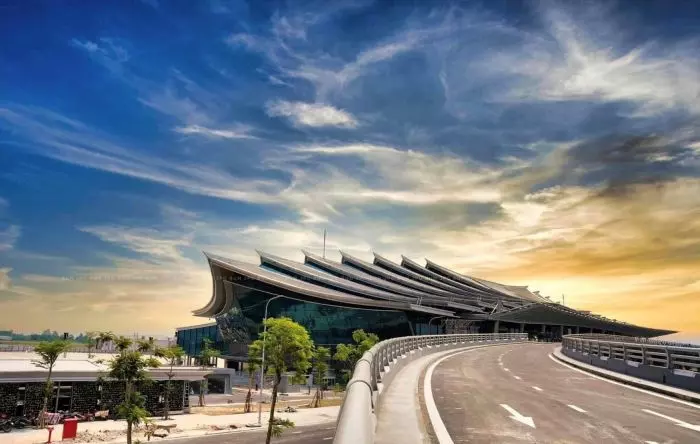
- Rail Transportation: Priority is given to upgrading and modernizing the existing North-South railway line. Additionally, plans are being studied to construct a new high-speed railway line, dual track with a gauge of 1,435mm, electrified along the North-South route through the province according to the approved railway planning.
- Phu Bai International Airport: Continued development of Phu Bai International Airport aims to meet civil aviation standards of grade 4E, with international flights to ASEAN, Indochina, and Northeast Asia.
Historical and Cultural Sites, Scenic Landscapes of Hue
When introducing Hue, we immediately think of a peaceful, poetic city that is also youthful and dynamic. This place has a history spanning thousands of years and is home to many historical and cultural relics, as well as stunning scenic landscapes. In Hue, visitors seem to be immersed in magnificent palaces, ancient pagodas, or peacefully beside the poetic Perfume River.
If you are planning to visit soon, be sure to explore one of the famous attractions below.
The Imperial City of Hue
The Imperial City is one of the most important tourist destinations in Hue. This architectural masterpiece is closely linked to the history of the Nguyen Dynasty. In the past, it served as the residence and the center of administration and politics for the Nguyen kings and their royal families.
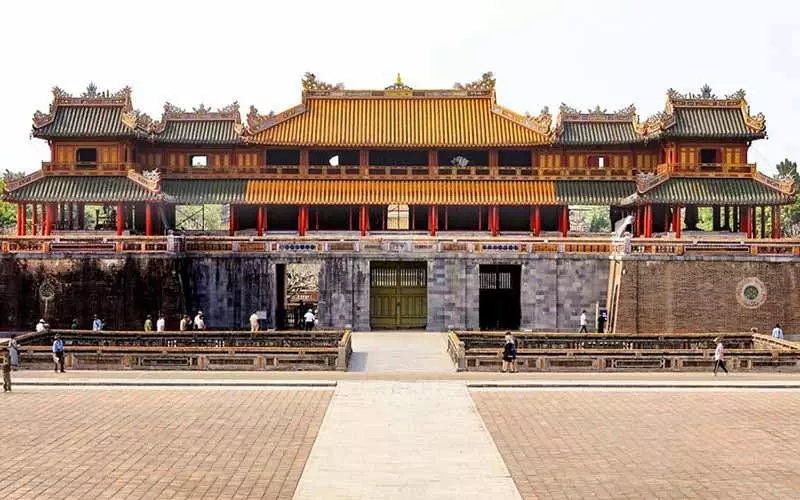
To this day, the Imperial City of Hue retains many architectural structures, magnificent palaces, and temples of significant cultural value, including the Ngo Mon Gate, Thai Hoa Palace, Duyet Thi Duong, Ky Dai, and Bao Vinh.
Among these, the Imperial City was recognized by UNESCO as a World Cultural Heritage site in 1993. Visiting this site allows one to relive a glorious historical era that has passed. The ancient atmosphere and the grand, majestic beauty of the Imperial City of Hue are major attractions for tourists visiting the region.
Royal Tombs
The Royal Tombs are among the main attractions for tourists in Hue City. Located to the north of the Imperial City, near the Perfume River, and nestled within lush, peaceful surroundings, these tombs hold immense artistic and historical value.
From Emperor Gia Long to Emperor Khai Dinh, over a century of history from the Kingdom of An Nam is represented beneath these majestic tombs, enclosed within quiet walls by the serene river.
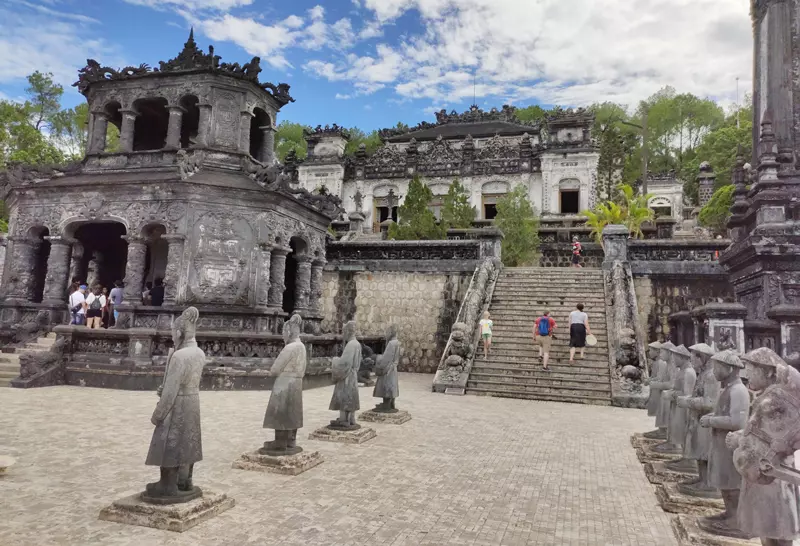
At each tomb, the deceased king is commemorated through three structures: the grave, which is the resting place for the body; the tablet, which houses the soul; and finally, the stone stele, which records his merits. The remains of the king are placed in a secret location on a relatively spacious hill, surrounded by a stone wall known as the Buu Thanh. However, at the tomb of Gia Long, one can see the graves of both the emperor and the empress. The Khai Dinh Tomb is designed in a completely different style.
Thien Mu Pagoda
They say if you visit Hue and don’t stop by Thien Mu Pagoda, it’s as if you haven’t truly set foot in this land. This unique architectural masterpiece is considered the most sacred temple in the dreamy region. With a history spanning over 400 years, it has witnessed numerous ups and downs throughout the tumultuous events of history. Today, this site is regarded as a distinctive symbol of the city of Hue.
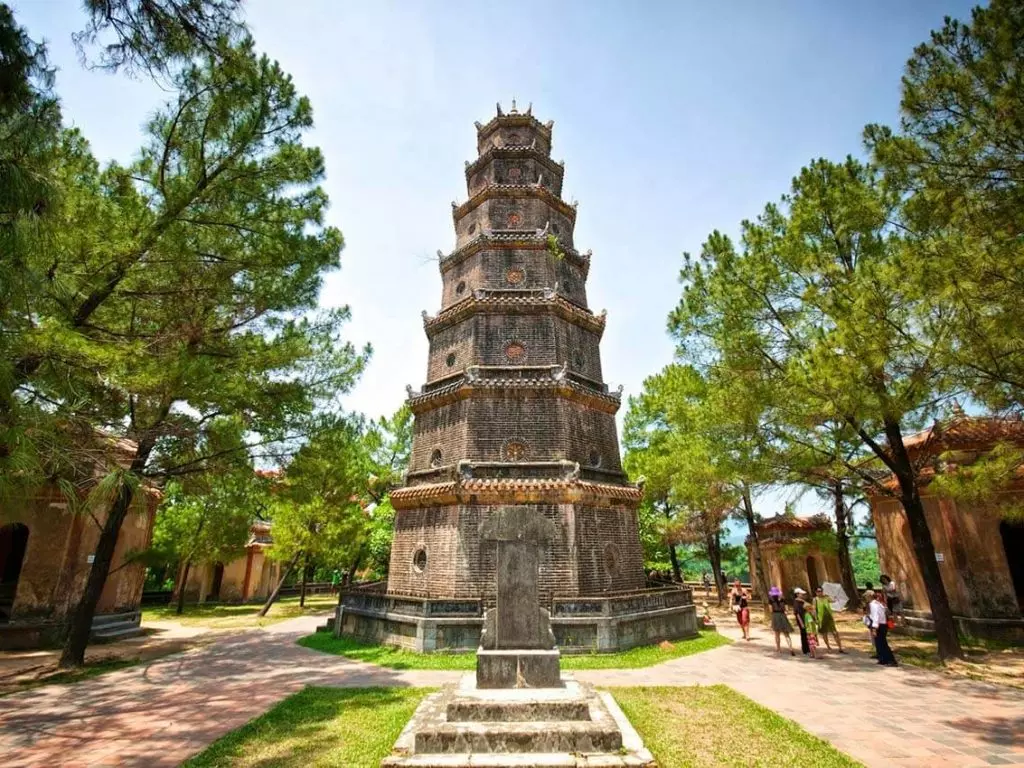
Thien Mu Pagoda is currently located on Ha Khe Hill, An Ninh Thuong village, Kim Long Ward, Hue City. From above, the pagoda resembles a giant turtle gracefully descending to the banks of the Perfume River. Surrounding the pagoda are two circular stone walls that envelop the site.
Many travelers visiting Hue take the time to seek out this sacred place to meditate, pray, admire the scenery, and enjoy the tranquility of the Perfume River.
Conclusion
Hopefully, the article introducing Hue above has evoked beautiful feelings about this dreamy city. Traveling to Hue is truly enchanting, characterized by its poetic landscapes and numerous cultural and historical monuments that span over a millennium. As such, this destination genuinely offers a wonderful escape for those looking to reconnect with the peaceful voice deep within their hearts.

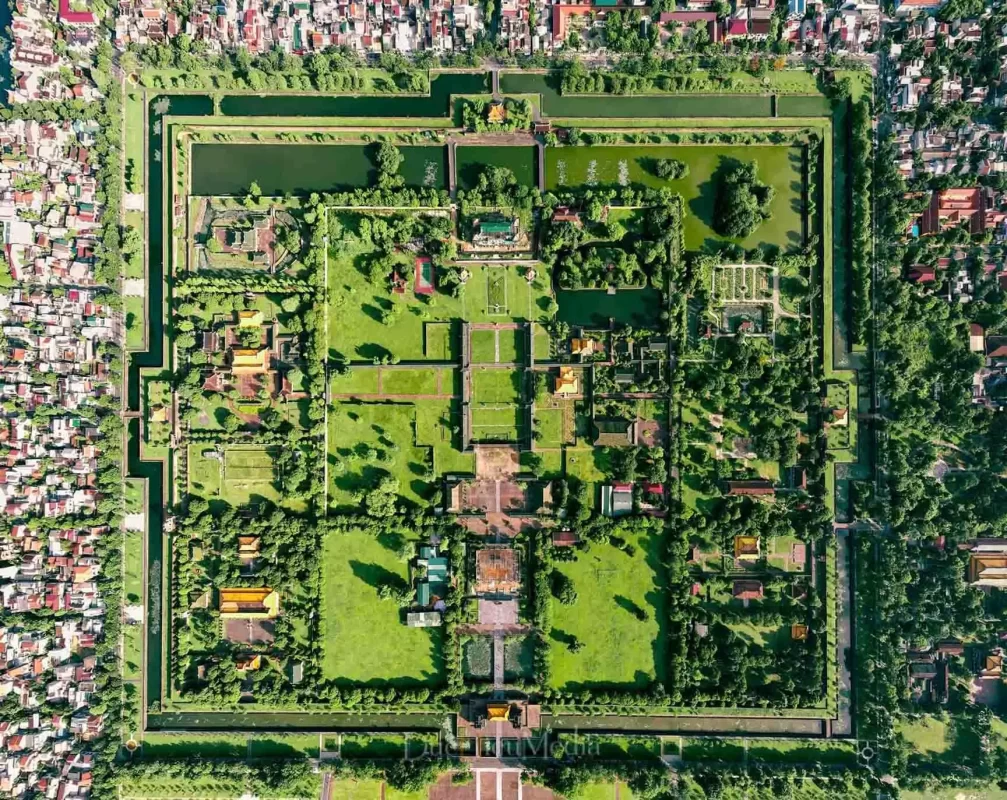
Pingback: Hue Royal Tombs: Top 7 Most Valuable Tombs in the Ancient Capital of Hue, Vietnam - Hue Transfer Service